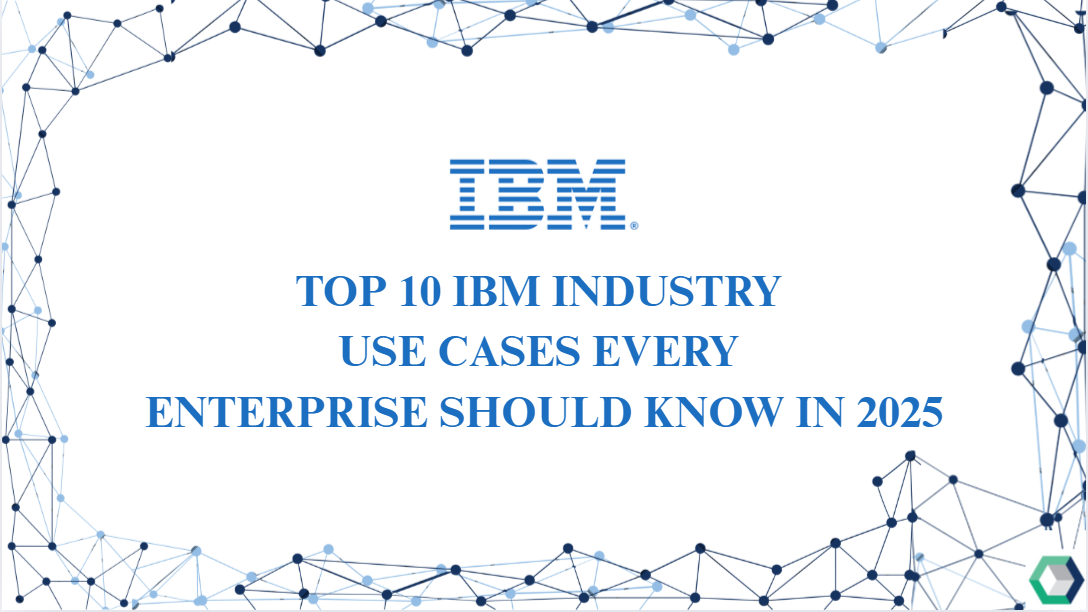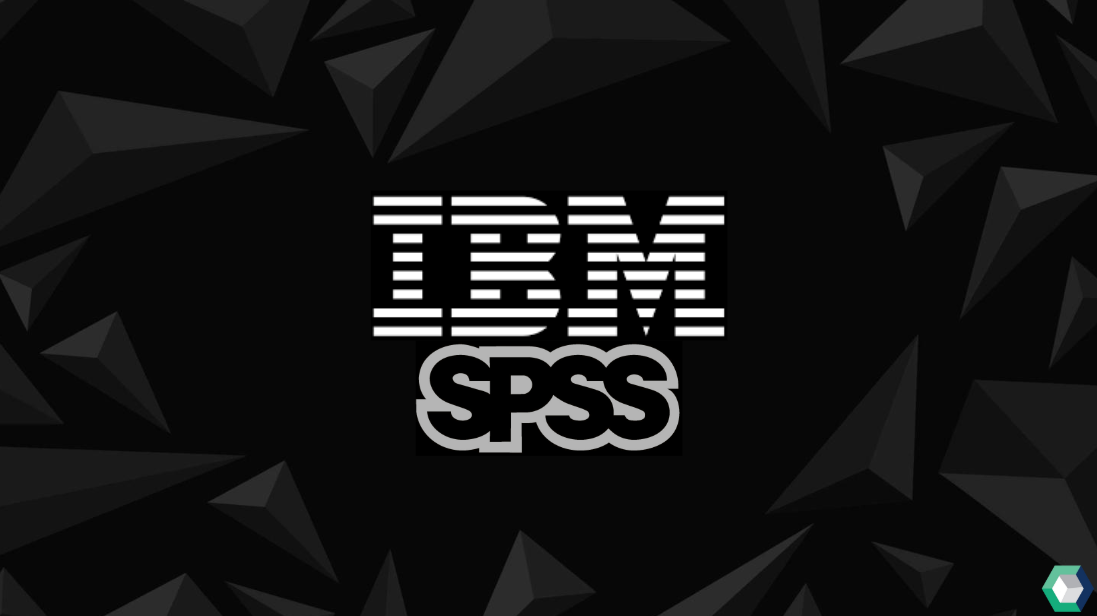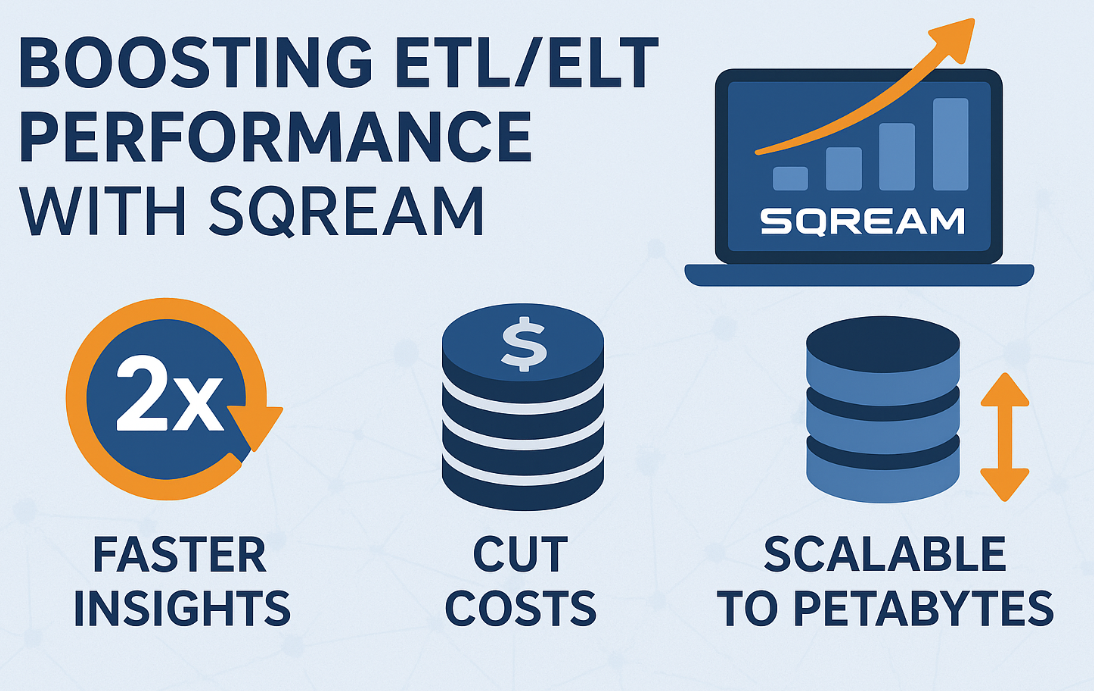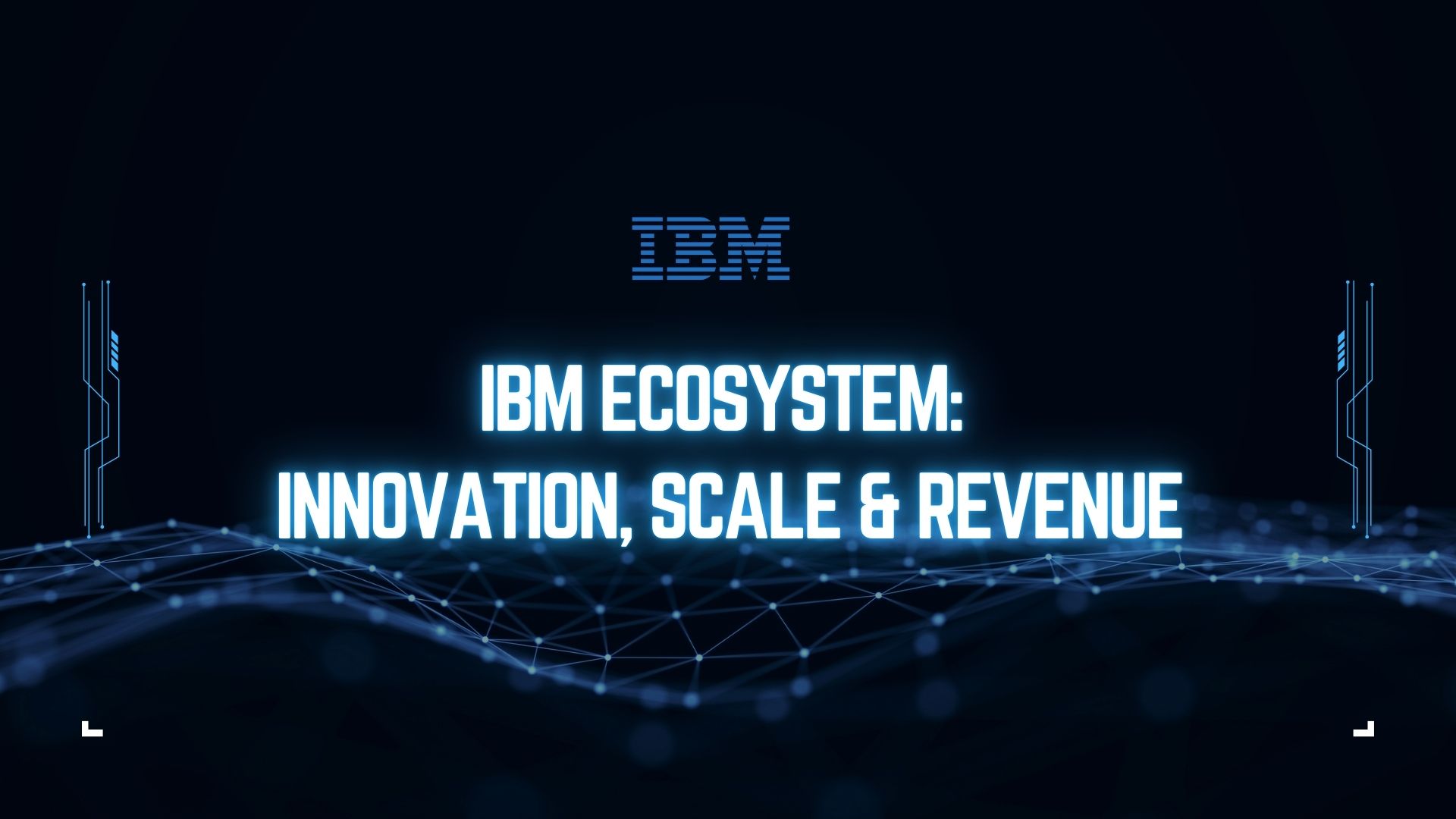In today’s competitive business world, customer satisfaction has become a critical factor in determining the success and longevity of organizations across various industries. As companies strive to meet and exceed customer expectations, they are increasingly turning to advanced technologies and methodologies to gain a competitive edge. One such powerful tool is mathematical optimization, also known as mathematical programming, decision optimization, or decision intelligence. When combined with IBM’s CPLEX optimizer, this approach can revolutionize how businesses address customer satisfaction challenges.
This blog will explore how CPLEX and mathematical optimization can be leveraged to improve customer satisfaction in different industries, delving into both the technical aspects and the potential return on investment (ROI) for businesses. We’ll also discuss how Cresco International, as an IBM trusted partner and expert consulting firm in decision optimization, can help organizations implement these solutions effectively.
Understanding CPLEX and Mathematical Optimization
Before diving into industry-specific applications, it’s essential to understand the fundamentals of CPLEX and mathematical optimization. IBM CPLEX Optimizer is a high-performance mathematical programming solver for linear programming, mixed integer programming, quadratic programming, and quadratically constrained programming problems. It uses advanced algorithms to solve complex optimization problems quickly and efficiently.
Mathematical optimization, on the other hand, is a branch of applied mathematics that focuses on finding the best solution from a set of possible alternatives. It involves formulating real-world problems as mathematical models and then solving them to identify optimal decisions or strategies.
When combined, CPLEX and mathematical optimization provide a powerful toolkit for businesses to address a wide range of customer satisfaction challenges across various industries.
Retail Industry: Optimizing Inventory and Pricing
In the retail industry, customer satisfaction is closely tied to product availability and pricing. CPLEX and mathematical optimization can significantly improve these aspects by enabling more accurate demand forecasting and dynamic pricing strategies.
From a technical perspective, retailers can use CPLEX to develop complex optimization models that consider multiple factors such as historical sales data, seasonality, promotions, and external events. These models can then be used to optimize inventory levels, ensuring that popular products are always in stock while minimizing excess inventory for slow-moving items.
For pricing optimization, CPLEX can be employed to create models that balance profit margins with customer price sensitivity. By analyzing vast amounts of data on customer behavior, competitor pricing, and market trends, these models can suggest optimal pricing strategies that maximize both customer satisfaction and revenue.
The potential ROI for retailers implementing these solutions can be substantial. By reducing stockouts and overstocks, businesses can minimize lost sales and carrying costs. Moreover, optimized pricing strategies can lead to increased sales volume and improved profit margins. Studies have shown that even a 1% improvement in pricing can result in a 8-11% increase in profits for retailers.
Healthcare: Enhancing Patient Experience and Resource Allocation
In the healthcare industry, patient satisfaction is paramount. CPLEX and mathematical optimization can play a crucial role in improving various aspects of healthcare delivery, from appointment scheduling to resource allocation.
One technical application involves using CPLEX to optimize appointment scheduling systems. By considering factors such as patient preferences, doctor availability, urgency of care, and historical no-show rates, these systems can minimize wait times and maximize resource utilization. This not only improves patient satisfaction but also increases the efficiency of healthcare providers.
Another application is in resource allocation, where CPLEX can be used to optimize the distribution of medical equipment, staff, and supplies across different departments or facilities. This ensures that resources are available where and when they are needed most, reducing delays in patient care and improving overall satisfaction.
The ROI for healthcare providers implementing these solutions can be significant. Improved scheduling can lead to higher patient throughput, reduced overtime costs, and increased revenue. Better resource allocation can result in reduced waste, improved patient outcomes, and higher staff satisfaction. Studies have shown that hospitals implementing advanced optimization techniques can see a 10-15% improvement in patient satisfaction scores and a 5-8% reduction in operational costs.
Telecommunications: Optimizing Network Performance and Customer Service
In the telecommunications industry, customer satisfaction is heavily influenced by network performance and the quality of customer service. CPLEX and mathematical optimization can address both these areas effectively.
From a technical standpoint, telecom companies can use CPLEX to develop optimization models for network capacity planning and traffic routing. These models can consider factors such as geographical distribution of users, peak usage times, and projected growth to optimize network infrastructure investments and ensure consistent service quality.
For customer service optimization, CPLEX can be employed to create models that optimize call center staffing and routing. By analyzing historical call data, these models can predict call volumes and types, allowing for more efficient allocation of customer service representatives and reduced wait times.
The potential ROI for telecom companies implementing these solutions is substantial. Optimized network planning can lead to significant cost savings in infrastructure investments while improving service quality. Enhanced customer service can result in higher customer retention rates and increased revenue. Industry reports suggest that telecom companies can achieve a 20-30% reduction in customer churn and a 10-15% increase in customer lifetime value through improved satisfaction levels.
Financial Services: Personalizing Offerings and Improving Risk Management
In the financial services sector, customer satisfaction is often tied to personalized offerings and efficient risk management. CPLEX and mathematical optimization can significantly enhance both these aspects.
Technically, financial institutions can use CPLEX to develop sophisticated optimization models for product recommendation systems. These models can analyze vast amounts of customer data, including transaction history, demographics, and behavioral patterns, to suggest personalized financial products and services that best meet each customer’s needs.
In risk management, CPLEX can be employed to create complex models that optimize loan portfolios, considering factors such as risk tolerance, regulatory requirements, and market conditions. This ensures that financial institutions can offer competitive rates to customers while maintaining a balanced risk profile.
The ROI potential for financial institutions implementing these solutions is significant. Personalized offerings can lead to increased cross-selling and upselling opportunities, potentially increasing revenue per customer by 20-30%. Improved risk management can result in reduced loan defaults and better capital allocation, potentially improving overall profitability by 5-10%.
Need CPLEX Training? Enroll for
Manufacturing: Optimizing Production and Supply Chain
In the manufacturing industry, customer satisfaction is closely tied to product quality, delivery times, and pricing. CPLEX and mathematical optimization can address these areas by improving production planning and supply chain management.
From a technical perspective, manufacturers can use CPLEX to develop optimization models for production scheduling. These models can consider factors such as machine capacity, raw material availability, order priorities, and delivery deadlines to create optimal production plans that minimize delays and maximize efficiency.
For supply chain optimization, CPLEX can be employed to create models that optimize inventory levels, transportation routes, and supplier selection. These models can help reduce lead times, minimize stockouts, and lower overall supply chain costs.
The potential ROI for manufacturers implementing these solutions can be substantial. Optimized production planning can lead to increased throughput, reduced overtime costs, and improved on-time delivery rates. Enhanced supply chain management can result in lower inventory carrying costs, reduced transportation expenses, and improved supplier relationships. Studies have shown that manufacturers implementing advanced optimization techniques can see a 10-15% reduction in production costs and a 20-30% improvement in on-time delivery rates.
Cresco International: Your Partner in Decision Optimization
With years of experience across multiple industries, Cresco International understands the nuanced challenges that businesses face in their quest to enhance customer satisfaction. Our team of expert consultants combines deep technical knowledge of CPLEX and mathematical optimization with industry-specific insights to develop customized solutions that address your unique needs.
When you partner with Cresco International, we begin by conducting a thorough analysis of your current processes, data infrastructure, and customer satisfaction pain points. This allows us to identify key areas where optimization can have the most significant impact. We then work closely with your team to develop tailored optimization models using CPLEX, ensuring that they align with your business objectives and constraints.
Our expertise extends beyond just model development. We also assist in the implementation process, helping you integrate these optimization solutions into your existing systems and workflows. This includes training your staff on how to use and maintain these models effectively, ensuring that you can continue to derive value from them long after our engagement ends.
Moreover, Cresco International’s commitment to your success doesn’t end with implementation. We provide ongoing support and optimization, continuously refining our models based on new data and changing business conditions. This ensures that your optimization solutions remain effective and continue to drive improvements in customer satisfaction over time.
By partnering with Cresco International, you’re not just getting a technical solution – you’re gaining a strategic partner committed to helping you achieve and maintain a competitive edge through improved customer satisfaction. Our holistic approach, combining technical expertise with business acumen, has helped numerous organizations across various industries achieve significant improvements in customer satisfaction, operational efficiency, and overall profitability.
Whether you’re a retailer looking to optimize your inventory and pricing, a healthcare provider aiming to enhance patient experience, a telecom company striving to improve network performance, a financial institution seeking to personalize your offerings, or a manufacturer working to streamline your production and supply chain, Cresco International has the expertise and experience to help you achieve your customer satisfaction goals.
Take the first step towards revolutionizing your approach to customer satisfaction. Contact Cresco International today to learn how we can help you harness the power of CPLEX and mathematical optimization to drive lasting improvements in customer satisfaction and business performance.
Need CPLEX Training? Enroll for
Conclusion
Across various industries, CPLEX and mathematical optimization offer powerful tools for improving customer satisfaction. By enabling businesses to make data-driven decisions and optimize complex processes, these technologies can lead to significant improvements in service quality, efficiency, and profitability.
However, implementing these solutions requires expertise in both the technical aspects of optimization and the specific challenges of each industry. This is where partnering with experienced consultants like Cresco International team can make a significant difference.











